David Mutiloa | Differently from what I had expected
David Mutiloa’s work analyses the present as a period colonised by design, where the neoliberal economy has extended its corporate capitalism into every area of life, generating a fort of aesthetic and ideological blend; a combination of culture and marketing that acts as a powerful weapon for the production of ideology.
The ideals of a failed modernity would then appear as tyrannical deities that cancel out the future, turning time into repetition, into an infinite generation of identical fragments. In this way, the current era could be seen as a synchronous projection of countless films overlapping in the collective consciousness; a paranoia that keeps the world together, the product of an uninterrupted conspiracy.
With these premises as a starting point, David Mutiloa’s second solo exhibition at García Galería, DIFFERENTLY FROM WHAT I HAD EXPECTED, uses a case study of the figure of the Italian designer Ettore Sottsass to make an allegorical reading of the present.
The first groupings in the exhibition, FORMAL EXERCISE NR2 and FORMAL EXERCISE NR2 / SCULPTURES pick up on a set of designs and texts that Ettore Sottsass originally drew up in a catalogue from 1979. Sottsass reflected here upon his intention to recuperate the experiences that Italian radical design had contributed in previous decades, evaluating them and adopting a new stance to exercise criticism through the specific field of design. Towards the end of his reflection, Sottsass however also expressed some doubts, the possibility that everything might work out differently from what he anticipated: “In fact, everything has maybe turned out differently from what I had expected.”. In this way, the photographs and sculptures that make up both series see 1979 as a turning point, when Modernity began to dissolve, when the happy face of a creative utopia began to turn into desperation and impotence.
In the 80s, with his critical intentions intact, Sottsass founded the Memphis group together with other younger and more enthusiastic designers (Nathalie du Pasquier, Michele de Lucchi, George Sowden, Peter Shire, Matteo Thun…). The Memphis group was born with the firm belief that in order for radical design to be effective as a tool that generates critical thinking it had to go hand in hand with industry. In this way, Memphis was established as a brand to launch a series of designs following earlier parameters, but with the intention of having them produced and commercialised at an industrial level. Memphis thus appeared as an augury of renovation, while broadly ignoring its own conspiratory nature: whilst modern design looked for the universal throughout the 20th Century, Memphis turned out to be a style; if modernity dreamt about affecting reality and transforming society, Memphis launched a new look and conceived life as a stage.
The series BY DINT OF WALKING AMONG THE AREAS OF THE UNCERTAIN (DUE TO A CERTAIN MISTRUST), BY DINT OF CONVERSING WITH METAPHOR AND UTOPIA (TO UNDERSTAND SOMETHING MORE) AND BY KEEPING OUT OF THE WAY (CERTAINLY DUE TO AN INNATE CALMNESS), WE NOW FIND WE HAVE GAINED SOME EXPERIENCE; WE HAVE BECOME GOOD EXPLORERS. MAYBE WE CAN NAVIGATE WIDE, DANGEROUS RIVERS, AND ADVANCE INTO JUNGLES WHERE NO ONE HAS EVER SET FOOT. THERE IS ABSOLUTELY NO NEED FOR CONCERN. NOW AT LAST WE CAN GO AHEAD WITH A LIGHT TREAD. THE WORST IS OVER. WE CAN SIT DOWN WITHOUT TOO MUCH DANGER AND LET EVEN POISONOUS SNAKES OR OBSCURE SPIDERS CRAWL OVER US; WE CAN AVOID MOSQUITOES, TOO, AND EAT CROCODILE MEAT WITH THE GREATEST OF EASE; WHICH DOESN’T MEAN EXCLUDING CHOCOLATE AND CREAM AND CRÊPES-SUZETTES À LA GRAND MARNIER. WE CAN DO — NEARLY — ANYTHING BECAUSE, DEAR FRIENDS, AS WE WERE SAYING, WE ARE OLD AND SKILLED NAVIGATORS ON WIDE OPEN SEAS. THE FACT IS THAT WE AREN’T AFRAID ANY MORE, I MEAN, TO REPRESENT OR NOT REPRESENT THINGS OR PERSONS, BE THEY ELITE OR DERELICT, TRADITIONS OR BOORISH. OUR FEAR OF THE PAST IS GONE, AND SO IS OUR STILL MORE AGGRESSIVE FEAR OF THE FUTURE takes as its title a quote by Sottsass, extracted from the Memphis group’s first catalogue (1981), where the designer faced the future with optimism and bravery, as in a manifesto. Made up of various models of original Memphis Milano ties (designed by Sottsass, du Pasquier, Sowden, de Lucchi, Zanini…) and stainless steel tubes, each piece plays with the contrast between the printed patterns and the silk’s sensuality, and the coldness and hardness of the steel, offering itself up like a series of sweetened metal bars.
To finish, NOTES ON COLOR locates us in the subsequent decade, when Sottsass had already been turned into the undisputed icon of postmodern design, and his attempt at emancipation had been completely absorbed by the market. The piece recuperates an illustration that appeared at the end of the book by Sottsass of the same title, published in 1993. In this case, however, the original reference, devoid of content, has been turned into the decorative pattern of a silk scarf.
David Mutiloa analyses the evolution of Sottsass’ work as if, in a naïve or suicidal way, instead of fulfilling with his own critical intention, he had achieved the opposite altogether: to provide the capitalist machine with new images, textures, and ornaments. In this way, DIFFERENTLY FROM WHAT I HAD EXPECTED proposes a rereading of the failure embodied by Sottsass as an allegory of the present, and to rethink the potential of such a critical stance today.
David Mutiloa (Pamplona, 1979) BA in Industrial Design and Fine Arts. He has recently shown his work at the BluProject Foundation (Barcelona), Grey Projects (Singapore) or Centro Huarte (Pamplona). He has also participated in group shows in Casa Encendida (Madrid), MACBA (Barcelona), Fabra i Coats (Barcelona) or Fundació Antoni Tapies (Barcelona).

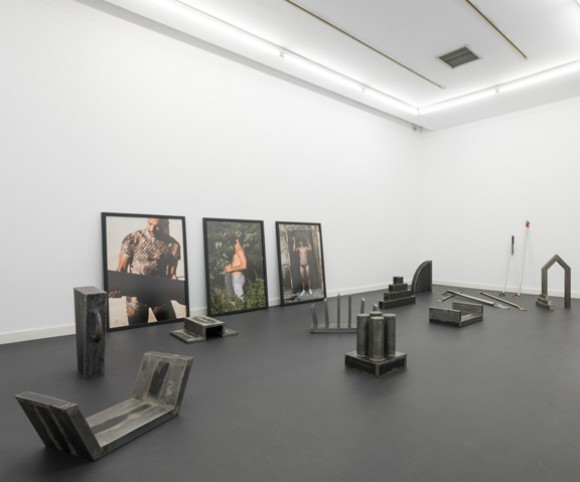
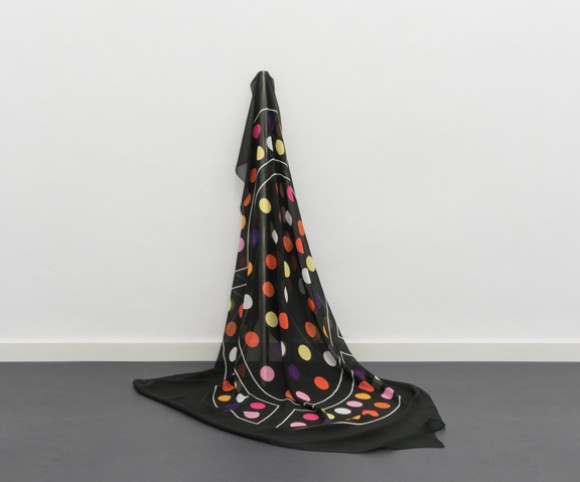
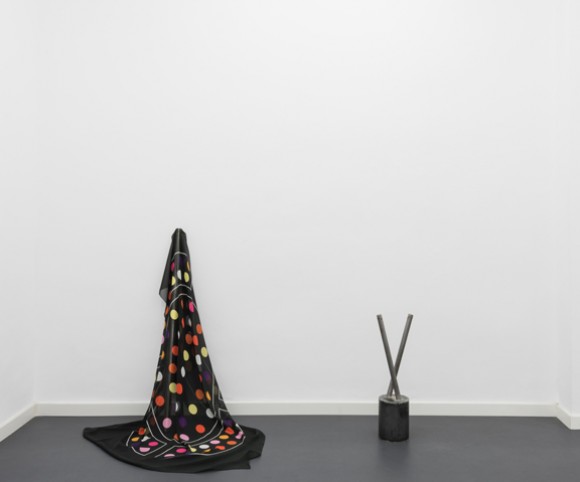
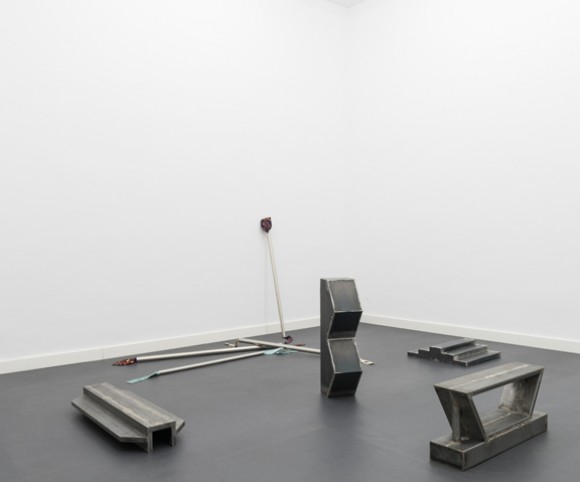
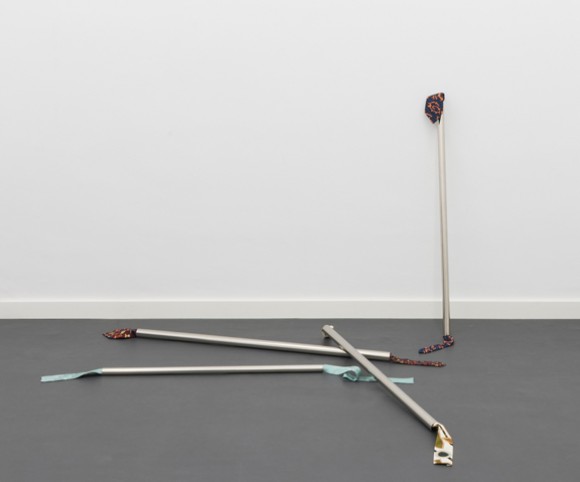
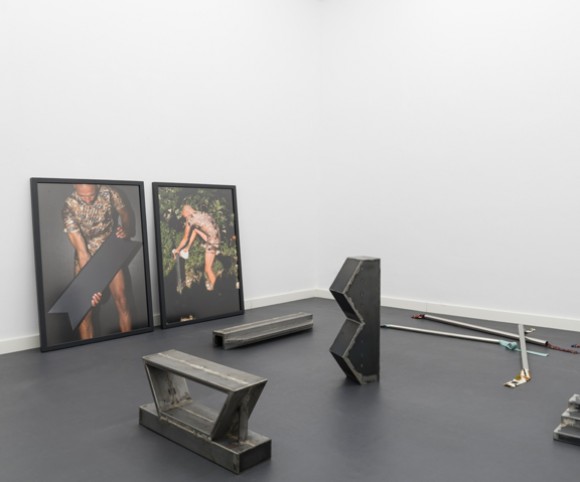
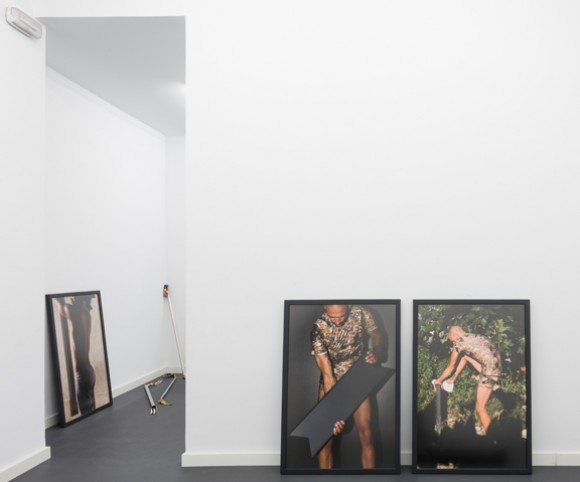
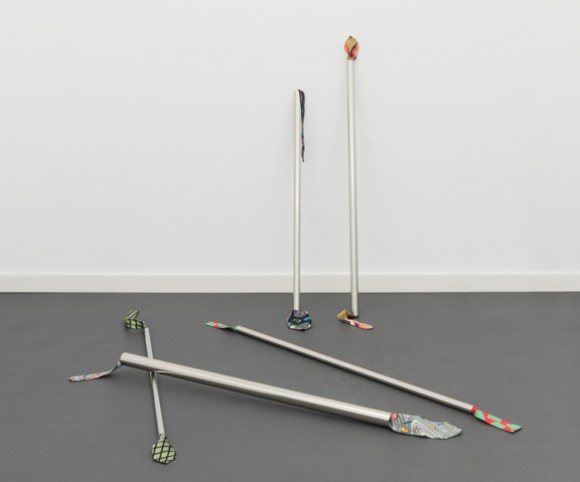
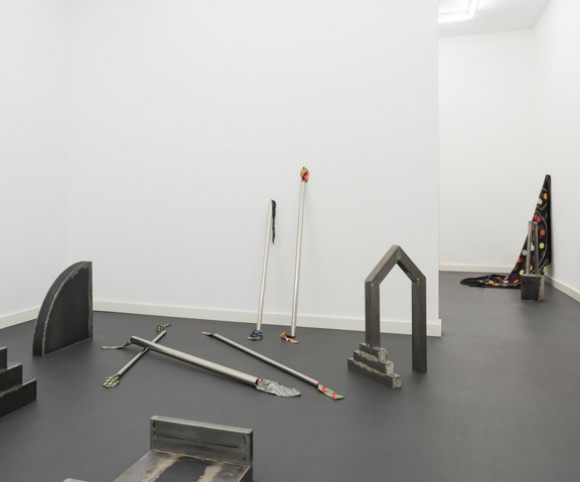
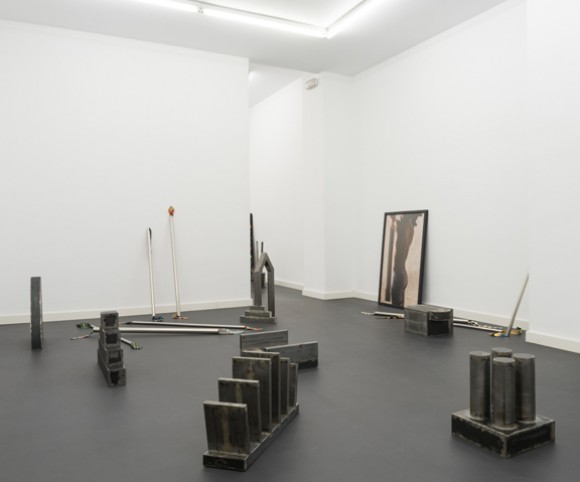
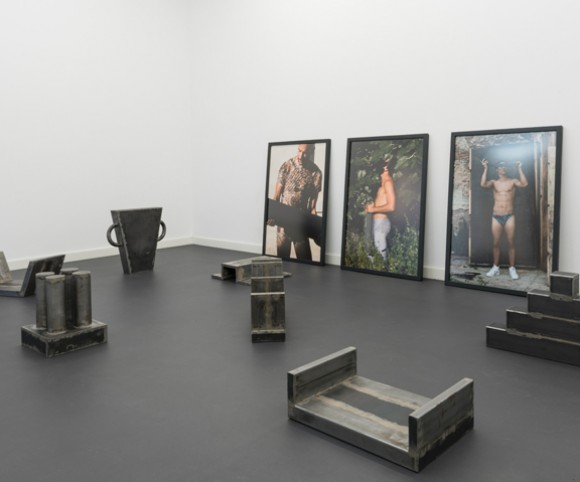
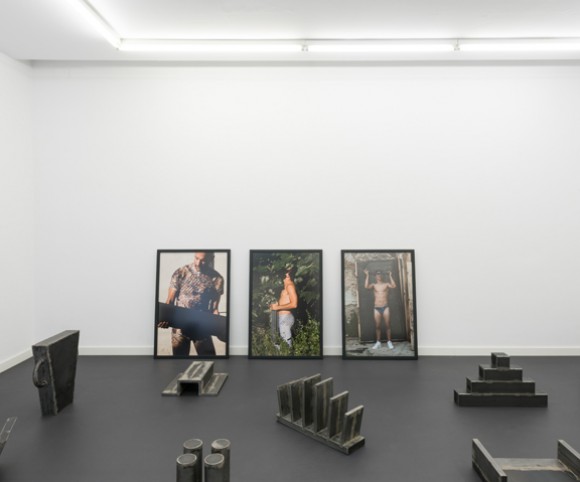
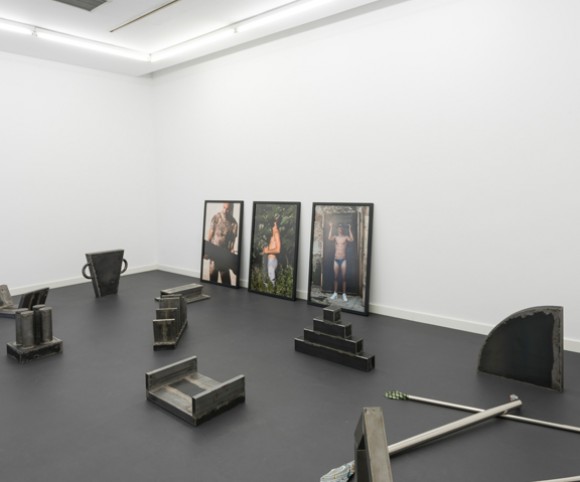
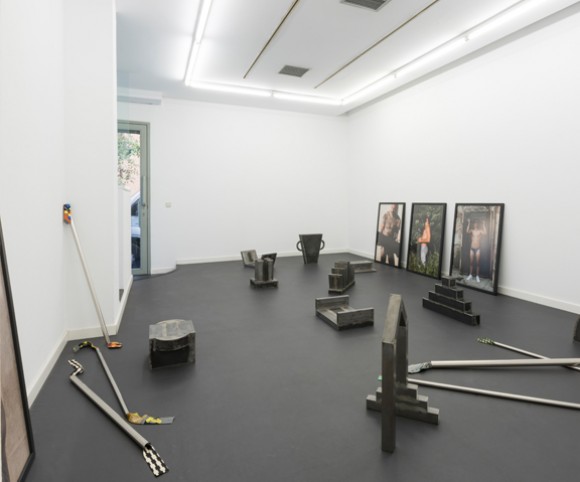
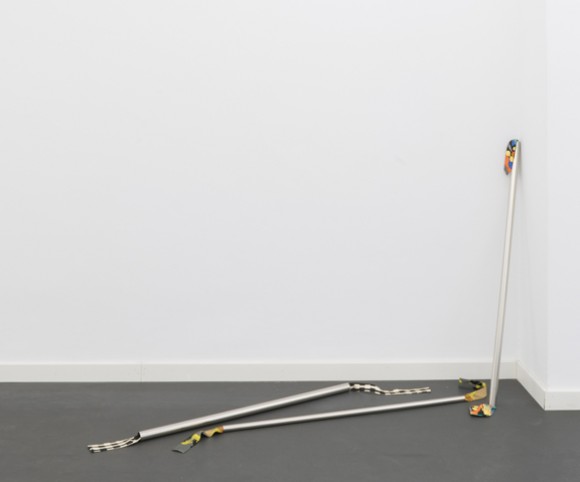
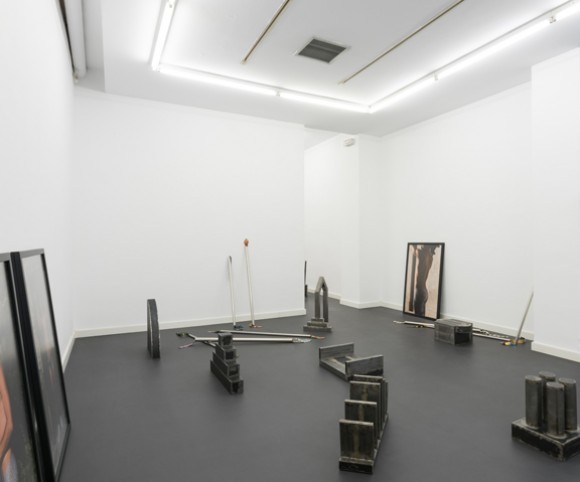
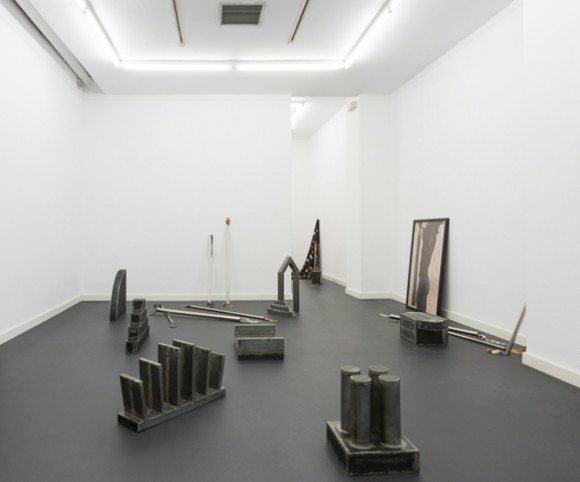
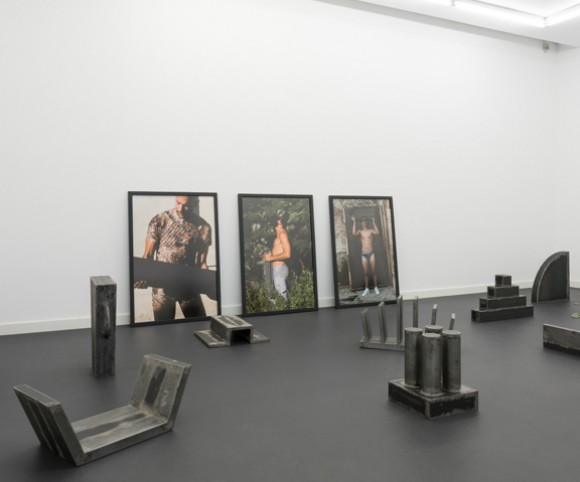
 sending...
sending...